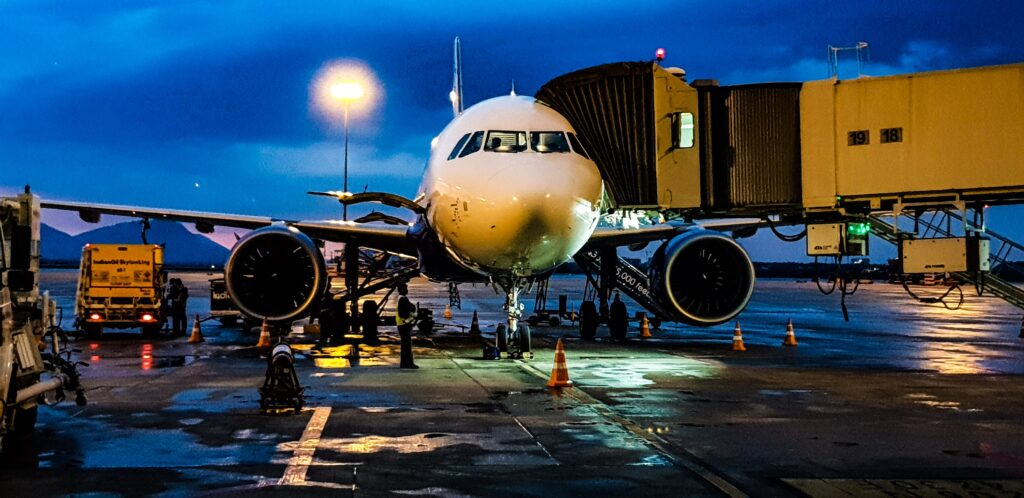On May 21, a video of a quadriplegic woman crying after her chair was mishandled and broken by Delta Airlines staff went viral on social media.
After the video was posted, many demanded that Delta cover the costs of repairing the wheelchair of the woman, Gabrielle GG deFiebre, since it had been custom-made to fit her needs.
The video also sparked conversations about how people with disabilities often risk airlines’ recklessness when traveling.
“The way the airlines treat our equipment causes some wheelchair users to not travel at all, and that breaks my heart,” Sylvia Longmire, a former U.S. Air Force officer and traveler who also uses a wheelchair, told the New York Times.
As coronavirus restrictions lift and people resume their travels, those with disabilities will face big challenges once again (according to the TSA, there were over 1.5 million travelers on May 26, 2021 compared to 261,170 on the same date in 2020).
“We see hundreds of bags loaded into the bottom of the plane. But in fact, cargo doors, the entryway into that cargo compartment can be quite small,” John Morris, a travel blogger and creator of Wheelchair Travel, told C+C. “A lot of this can be avoided if people knew the size of the cargo hold on the airplane that they’re flying or could make adjustments to their wheelchair to ensure that it could fit upright.”
But there are precautions that people with disabilities can take while traveling during this hectic time to prepare for potential mishandling from airlines.
- Before booking a flight, call the airline to see if the wheelchair will fit into the cargo. If so, write a detailed list of instructions on the proper handling of the chair. This will make it easier for air personnel to disassemble and reassemble the wheelchair if need be.
- Take pictures of the wheelchair before boarding. Then you’ll have tangible evidence to compare it in the event of any damages. Also, be sure to remove any detachable parts (footrests, cushions, etc.), because these items do not count as baggage and can be stored on the plane.
- Research the dimensions of the plane before booking a flight. A list of cargo dimensions can be found here.
- On the day of the flight, be sure to arrive at least one hour earlier than the normal check-in time. Some airlines might allow the wheelchair to be stored in the cabin of the plane. If not, it can be checked with no additional fees.
- If the wheelchair must be checked, airline personnel are required to bring it as close to the aircraft door as possible, but only if requested.
- When the wheelchair is returned, inspect it closely. If any damages are found, immediately find the airline’s customer service and file a claim. All airlines are required to cover the cost of any damages to assistive devices.
“One of the things that we cherish as human beings and in particular as Americans is mobility and the freedom to go wherever we like, whenever we like,” Morris told C+C. “So I think that there is a great concern on the part of all people when they see someone whose freedom and their ability to move about as they desire or as they need to.”
Everyone deserves equal access to mobility and it is imperative that people continue to hold airlines accountable in order to achieve change.





